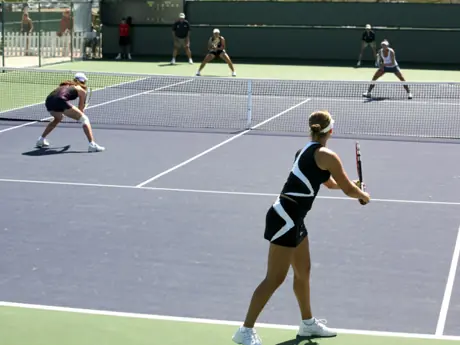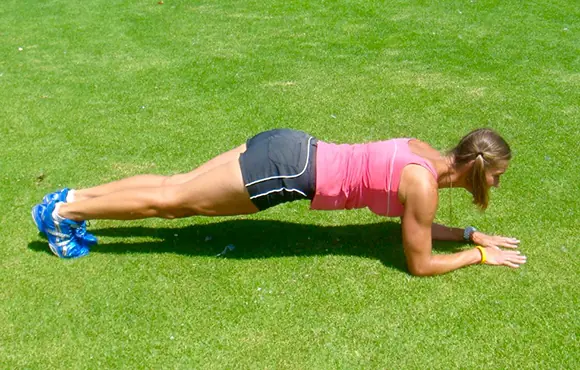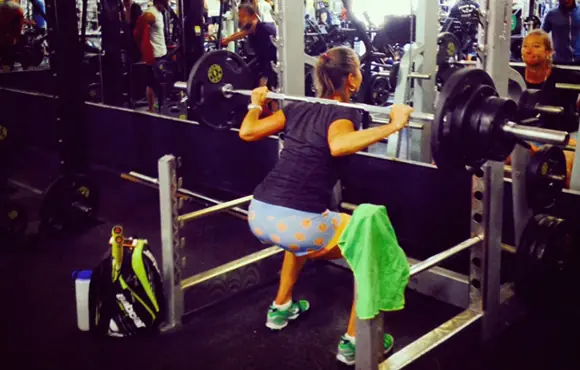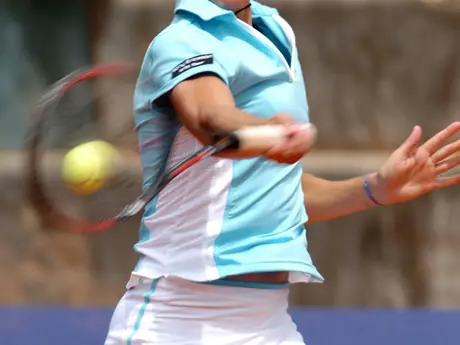The entire chain from feet and ankles to knees, hips and back, are connected. Each segment has a tight relationship with it's neighbor. The best way to break the "weak-tight" cycle is by addressing each segment and the joints below and above it.
It's not enough to address just the joint itself, because its movement correlates to the adjacent joints. If your hips and ankles continue to be tight, it's going to be hard to improve the stability of your knees.
You need to address all parts. Strengthening of the weak area has to be accompanied with stretching and myofascial release of the neighboring joints.
More: How Myofascial Release Can Prevent Injury
While there are people who have slightly different problems, for the majority of athletes, this simple guide to improving your kinetic chain should make big difference: Stable feet --> flexible ankles --> stable knees --> flexible hips --> stable lower back --> flexible upper back --> stable neck --> flexible shoulders.
Stable means stronger and better motor control. Flexible means improved mobility.
If you want to prevent future injuries, address and improve all your segments, and the ones below and above it. Get all your movements balanced off both left and ride side.
If you aren't balanced, work patiently on improving your movement pattern until it is perfect. You need to move well before you can move more. Check yourself regularly and continuously work on recreating a close to perfect balance. Accomplish this and you'll see improvements in your tennis performance and daily life.
More: The 3-Minute Stretch to Prevent Tennis Injuries
 Search for your next tennis event.
Search for your next tennis event.
- 2
- of
- 2
About the Author









Discuss This Article